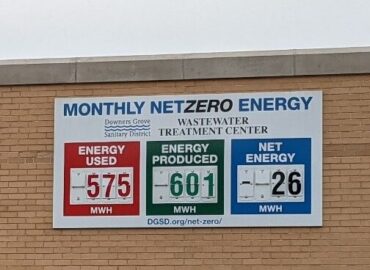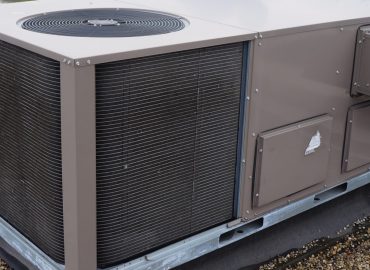Are you building a new facility? Forethought and planning for energy savings will save you money year after year while protecting precious natural resources. Below are our top 10 tips for building energy efficiency into a construction project from the start.
1. Orientation and form. Orient building on east-west axis, minimize west glazing and shade south glazing.
2. Insulation. Insulate beyond code: min. assembly R-14 for mass wall, min. assembly R-22 for steel-framed wall, min. assembly R-35 for roof above deck. Use low-E gas-filled insulated glazing with max. assembly U-0.35 including frame.
3. Air sealing. Add air sealing standards as a part of the specification. Require performance testing at completion of construction. Consider envelope commissioning.
4. Lighting. Target lower lighting power density (LPD: W/sf) than code allowed maximum, while meeting IESNA lighting level recommendations. Choose high efficacy (lumen/W), long lasting lamps with good Color Rendering Index (CRI). Implement effective lighting control strategies based on schedule (timers), occupancy (occupancy sensors), and available daylight (photocells).
5. Reduce loads. Use ventilation heat recovery. Modulate ventilation rates based on occupancy with demand control ventilation.Shade glazed surfaces.
6. Heating. Use high efficiency boilers and furnaces of 92% efficiency or better. Consider using a geothermal heat pump. Consider a hydronic system with a dedicated outdoor air system.
7. Cooling. Use high efficiency (SEER 14+, EER 11.5+) air conditioning equipment with an outdoor air economizer. A geothermal heat pump is also recommended.
8. Commissioning. Commission HVAC. Use direct digital controls. Train building operators.
9. Motors and pumps. Use variable frequency drives on electric motors with variable loads. Use premium efficiency equipment.
10. Building automation.Use automatic controls to adjust temperature settings, ventilation, and system operation according to time of day and building loads. Use BAS trend logs to assess system performance.
Extra credit. After implementing all of these, consider renewables such as solar and wind.





